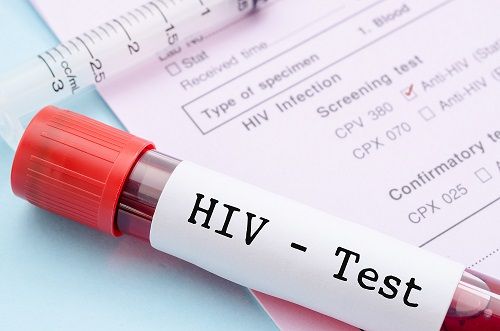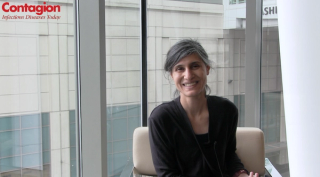
Sexually Transmitted Diseases
Latest News
Latest Videos

CME Content
More News

Andrea L. Cox, MD, PhD, compares the rates of hepatitis C and hepatitis B diagnoses since the start of the opioid epidemic.

Public Health England reported the promising news that new HIV transmission in the UK continued to decline in 2018.
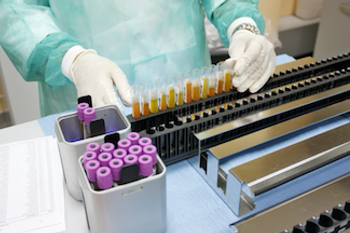
Using a trial of antibiotics may be useful for predicting tuberculosis in ambulatory patients with HIV, particularly in settings with limited access to resources, a new study suggests.

Although antiretroviral therapy restores a patient with HIV’s immune system, lingering damage from HIV can render past vaccinations obsolete, a new study finds.

A new study conducted by CDC investigators found that commercially insured patients persisted on PrEP for median time of 13.7 months, compared to 6.8 months among Medicaid patients.

The prevalence of NTDs in pregnancies among women with diagnosed HIV infection was 7.0 per 10,000 live births, which was similar to that among the general population.
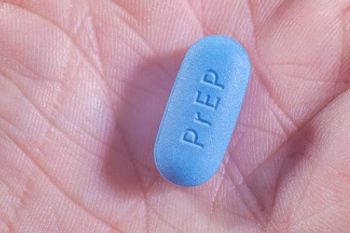
New legislation, cost assistance program will likely reduce transmission.

Over the past decade and a half, more Americans have begun to receive STD-related diagnoses and care in a primary care setting. New recommendations from the CDC aim to help ensure quality care amid the shift.
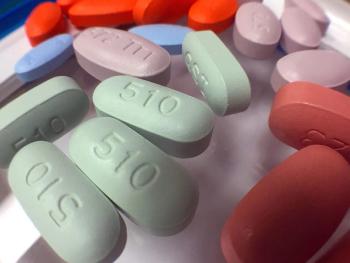
Roughly half of all American expectant mothers living with HIV are receiving treatments that don’t meet federal guidelines. A new study examines prescribing choices for this population.
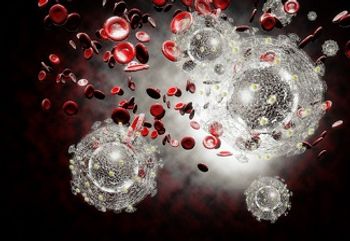
Viral suppression at 2 years nearly doubled for people with HIV in a medical care coordination program implemented by the Los Angeles County Division of HIV and STD Programs, a new study found.

Contagion® counts down the top HIV news stories of 2019, including FDA approvals, breakthrough discoveries, recommendations from the frontlines, and a big-picture look at just how close we are to ending the epidemic.

A new study out of Africa demonstrates that maternal-child clinics may act as a one-stop shop for both pregnancy and postpartum concerns and HIV protection.

Vaccinating adults ages 27-45 years against human papillomavirus (HPV) was projected to have low public health benefits and high costs, according to a new report.

The FDA has issused a complete response letter to ViiV Healthcare for cabotegravir/rilpivirine.

Results suggest that PrEP provision is concentrated among those at high risk for HIV and STIs, but that more must be done to prevent STIs among those who persistently use PrEP.

Recommendations to offer antiretroviral therapy on the same day as home-based HIV testing were reinforced by a 2-year follow-up study that examined involvement in care and viral suppression.

Something novel in infectious diseases practice has occurred and, like many big changes, it is not without controversy.

An analysis of participants in a trial measuring the efficacy of PrEP found that sex-driven dose timing—as opposed to daily dosing—was effective in preventing HIV, even in men who had sex less often.

In April, the US Food and Drug Administration (FDA) approved dolutegravir plus lamivudine as a complete 2-drug regimen for treatment naïve adults with HIV-1.

Investigators have documented growing acceptability among sexual minority men that U=U, but with widespread overestimation of transmission risk.

Fifteen years after the launch of a program to help bring HIV treatment to low-income countries, an FDA analysis shows the program is working, but there is room for improvement.

CDC investigators used HIV surveillance and pharmacy data to examine the status of HIV treatment and prevention in the United States.

On December 3, 2019, the US Department of Health and Human Services announced the launch of program which will provide PrEP to people without prescription drug insurance coverage.

Treatment-naive patients who are prescribed INSTI-based ART experienced weight gain and systolic blood pressure increases higher than peers on other forms of ART.
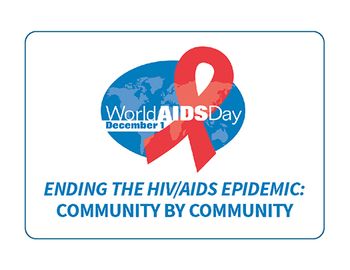
On December 1, 2019, international health organizations reflect on the advancements of the HIV/AIDS research field and acknowledge the challenges that still remain.


